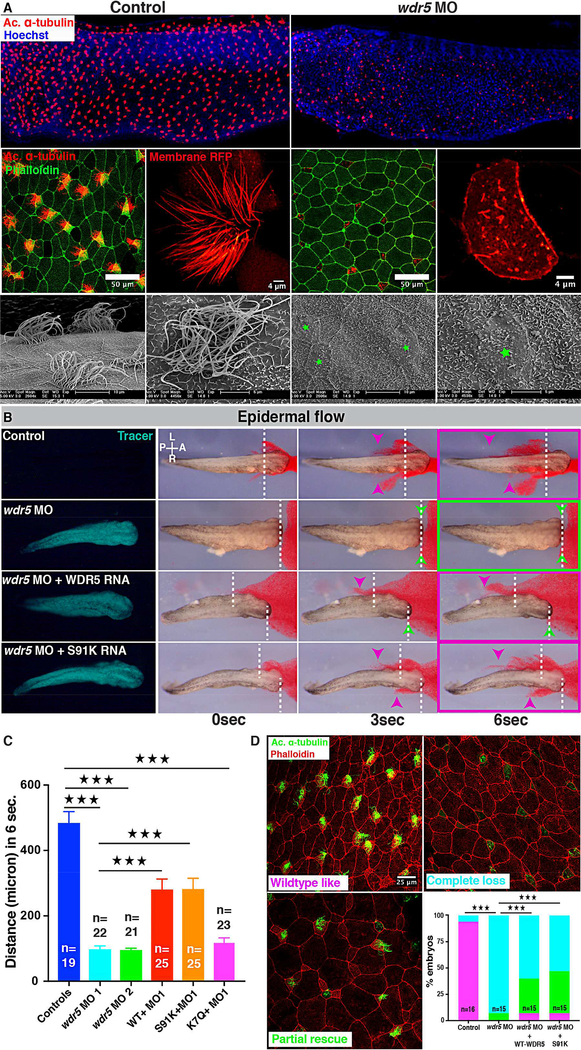Figure 1: Wdr5 regulates ciliogenesis in MCCs independently of H3K4MT.
(A) X. tropicalis epidermal MCCs marked either by anti-acetylated α-tubulin (red) or membraneRFP, actin is labeled with phalloidin and nuclei with Hoechst. Scanning Electron Microscope images of multiciliated cells of Xenopus embryos (green stars mark MCCs). Uninjected control embryos on left and embryos injected at one cell stage with wdr5 MO on right.
(B) Cilia driven epidermal flow is visualized using red microbeads over the period of 6 seconds (see Movie S1). Magenta arrowheads indicate bead displacement from starting point (dashed lines). Green arrowheads indicate no displacement. Green fluorescent protein traces the morpholino and RNA. Experimental conditions include wdr5 MO, wdr5 MO + human WT WDR5 RNA, wdr5 MO + human mutant S91K WDR5 RNA and compared to uninjected controls.
(C) Quantification of maximum bead displacement (micron) in 6 seconds in uninjected controls, first wdr5 MO, second wdr5 MO, first wdr5 MO + WT-WDR5–3×GFP, first wdr5 MO + S91K-WDR5–3×GFP, first wdr5 MO + K7Q-WDR5–3×GFP. n = number of embryos. ★★★ indicate statistical significance at P < 0.0005.
(D) X. tropicalis epidermal MCCs marked with anti-acetylated α-tubulin (green) for cilia and phalloidin (red) for actin. Percentage of embryos with wildtype-like cilia (magenta), partial rescue (green), or complete loss (cyan) of cilia under different conditins: uninjected controls, wdr5 MO, wdr5 MO + human WT-WDR5, and wdr5 MO + human S91K-WDR5. n = number of embryos.
★★★ indicate statistical significance at P < 0.0005

